Introduction
Intramuros, famously dubbed the “Walled City,” stands as a historical beacon in the heart of Manila, Philippines. Established during the Spanish colonial era, it is the oldest district and holds deep cultural and historical significance. Built to protect the city from foreign invasions, Intramuros is rich with stories etched into its ancient walls, churches, and cobblestone streets. This guide delves into its intriguing history, must-see landmarks, unique experiences, culinary highlights, and essential visitor tips.

History
The name “Intramuros” translates to “within the walls” in Spanish. The walled city was founded by Spanish explorer Miguel López de Legazpi in 1571 and served as the political, religious, and military center during Spanish rule. Spanning over 3 miles with thick stone walls, bastions, and fortified gates, Intramuros was designed to defend against invasions.
Throughout history, Intramuros endured numerous attacks, including threats from Chinese pirates, Dutch forces, and British troops. The city faced its greatest destruction during World War II, with most of its landmarks reduced to ruins. In the post-war era, significant restoration efforts have revived Intramuros, allowing it to stand today as a symbol of resilience and historical heritage.
Top Attractions
1. Fort Santiago
Fort Santiago is one of the most prominent landmarks in Intramuros. It served as a military fortress during the Spanish era and was later used as a prison for political dissidents, including Philippine national hero Dr. José Rizal. Visitors can explore its historic dungeons, learn about its history at the Rizal Shrine Museum, and stroll along the ancient walls.
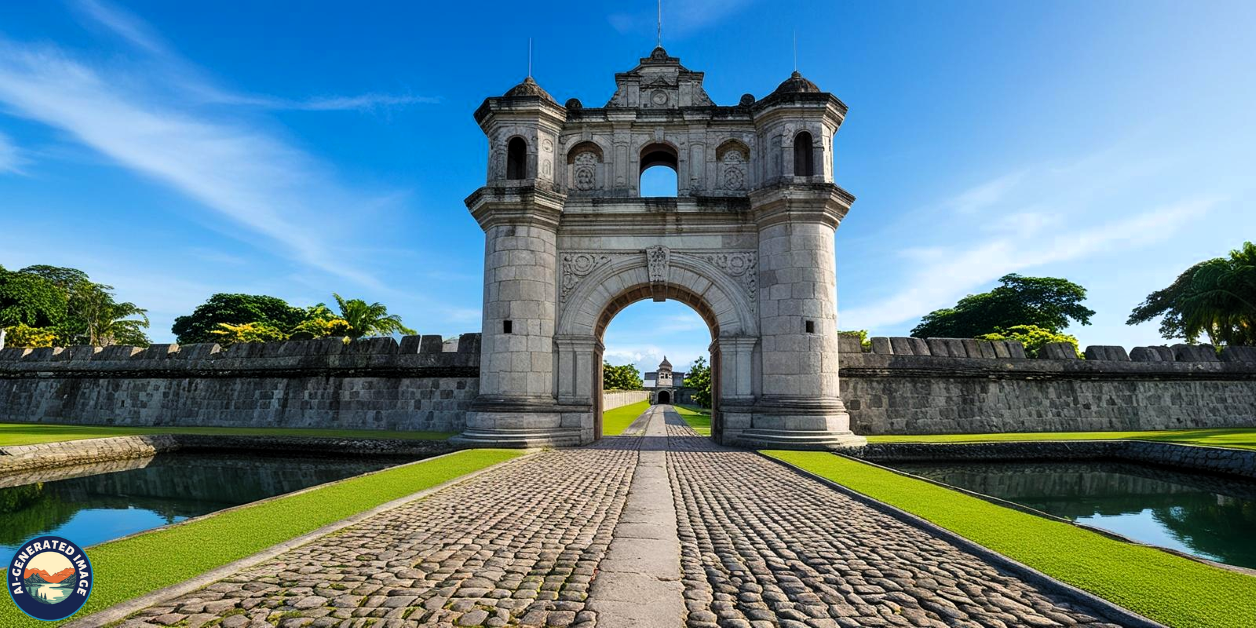
2. San Agustin Church
Declared a UNESCO World Heritage Site, San Agustin Church is the oldest stone church in the Philippines. Built in 1607, it showcases impressive Baroque architecture, detailed wooden carvings, and historic artworks. Having survived numerous natural disasters and wars, it stands as a testament to enduring faith and resilience.
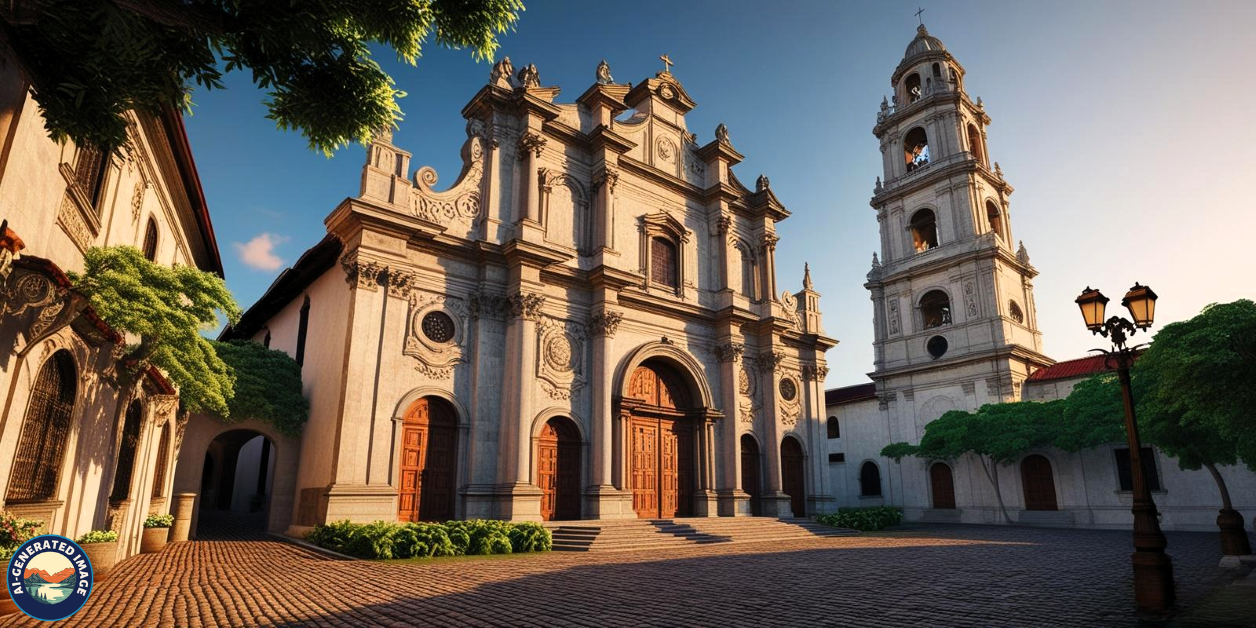
3. Manila Cathedral
The Manila Cathedral, also known as the Minor Basilica and Metropolitan Cathedral of the Immaculate Conception, is an architectural masterpiece reflecting neo-Romanesque design. It has been rebuilt multiple times due to destruction from earthquakes and wars. Today, it stands as a symbol of faith and strength, with stunning stained-glass windows and intricate details.
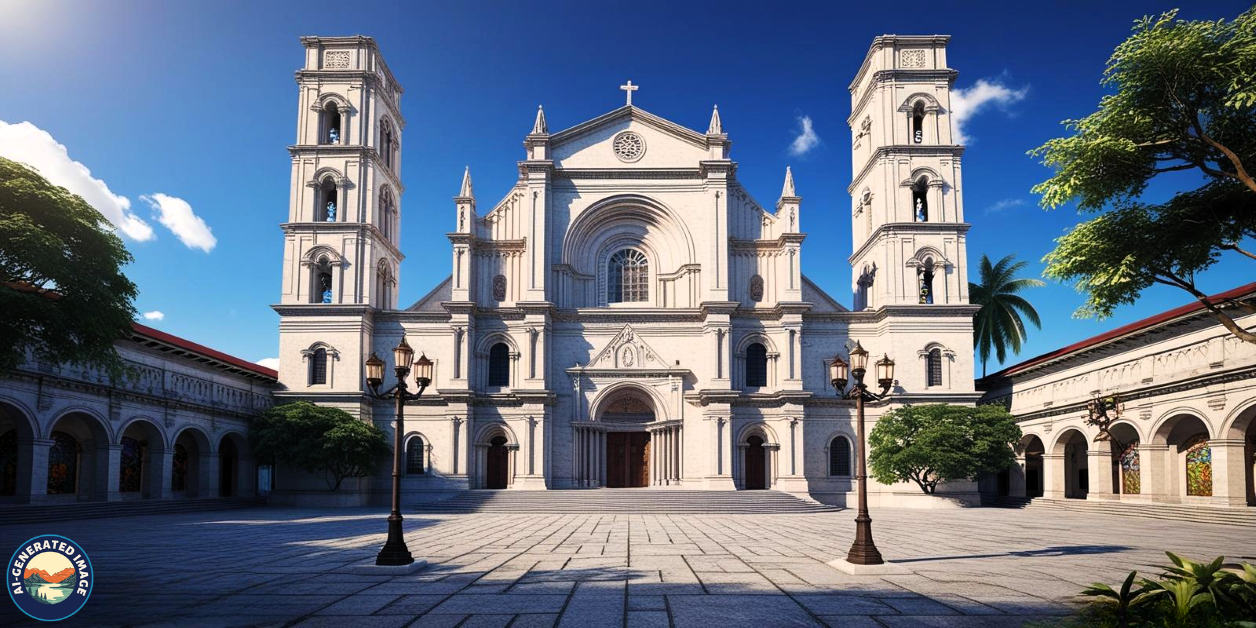
4. Casa Manila
Casa Manila offers a glimpse into the luxurious lifestyle of Filipino elites during the Spanish colonial period. This museum replicates a traditional 19th-century Filipino-Spanish home, featuring period furniture, art, and cultural artifacts. It offers an immersive experience into the elegance and traditions of the era.
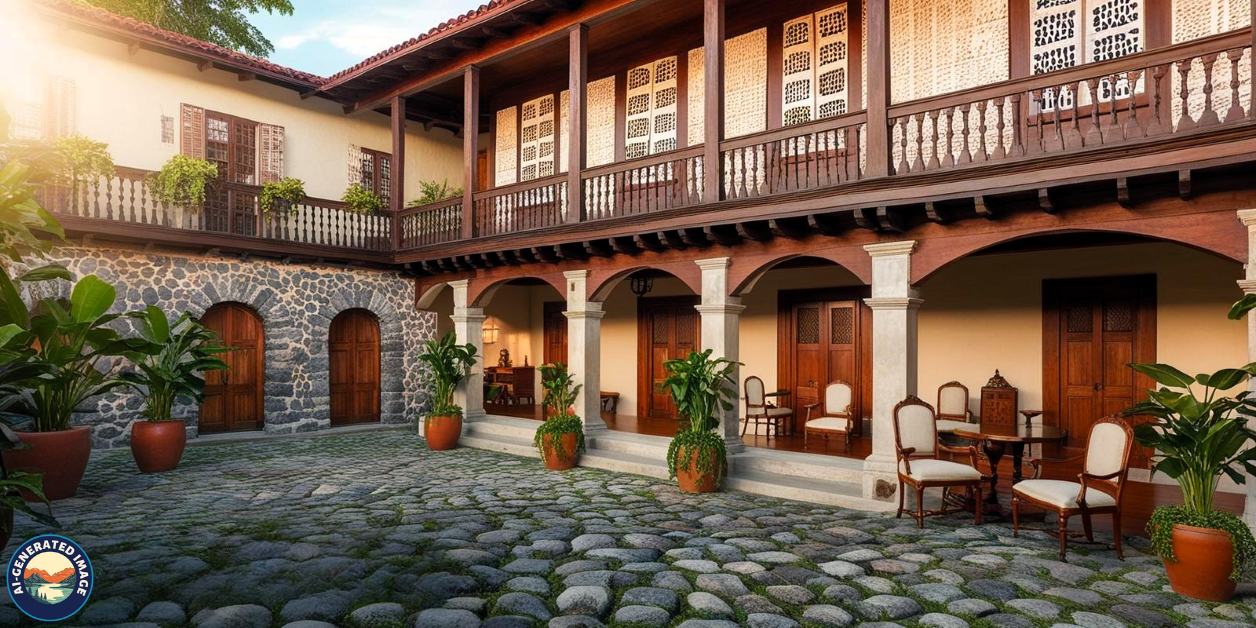
5. Baluarte de San Diego
As one of Intramuros’ oldest fortifications, Baluarte de San Diego is notable for its circular design and strategic military function. Today, its picturesque gardens and ancient walls make it an ideal spot for history enthusiasts and photographers. Visitors can explore its fortifications and enjoy panoramic views of the surrounding city.
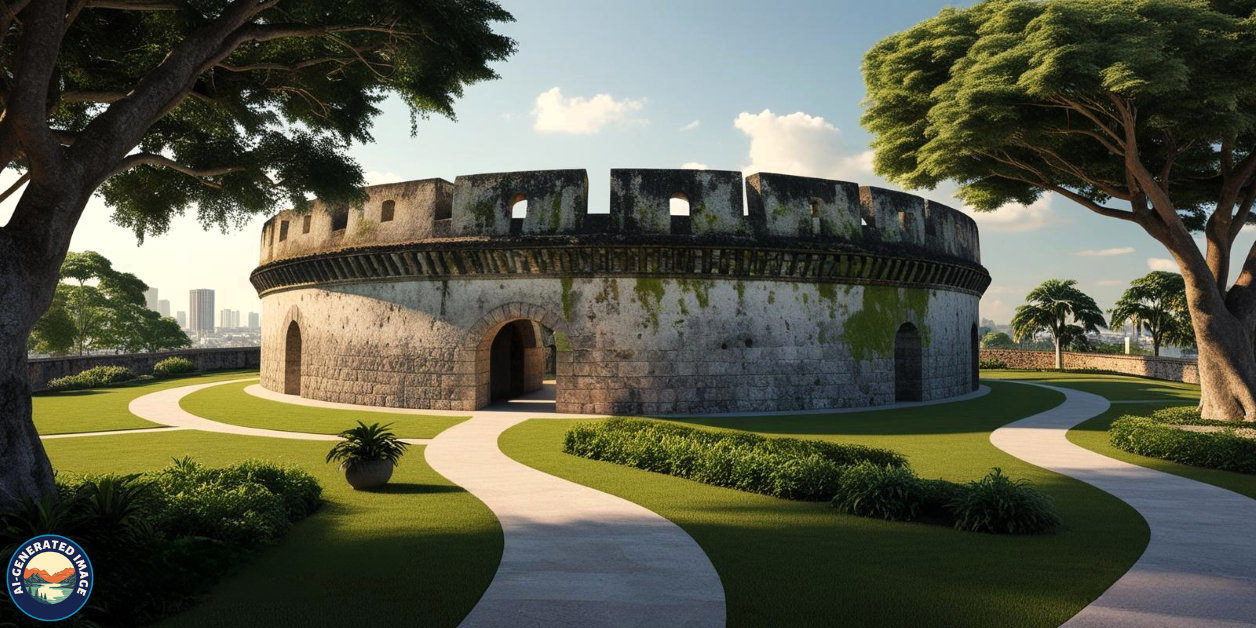
Experiencing Intramuros Today
Walking Tours
Walking is one of the best ways to appreciate the charm of Intramuros. Guided tours offer insightful narratives about the district’s history, while self-guided tours allow visitors to explore at their own pace. Walking along cobblestone streets and through historic alleys provides a deep sense of the city’s past.
Bambike Tours
For an eco-conscious adventure, Bambike Ecotours offers guided tours on handcrafted bamboo bicycles. These tours combine historical education with sustainable practices, allowing visitors to explore Intramuros in an environmentally friendly manner.
Horse-drawn Calesa Rides
Calesa rides offer a nostalgic journey through Intramuros, allowing visitors to experience the historical ambiance while traveling in a traditional horse-drawn carriage. It’s an ideal way to appreciate the district’s charm while learning about its rich heritage.
Cultural Events
Intramuros is a vibrant hub for cultural activities, hosting festivals, art exhibits, and historical reenactments throughout the year. Events like “Viva Manila” and historical walking tours provide immersive cultural experiences that celebrate Manila’s heritage.
Culinary Delights
Intramuros is also a haven for food lovers, offering diverse culinary experiences rooted in Filipino and Spanish traditions.
-
Ilustrado Restaurant
: Renowned for its fusion of Filipino and Spanish cuisines, Ilustrado offers a fine dining experience with signature dishes like paella and callos.
-
Barbara’s Heritage Restaurant
: Known for its cultural dinner shows, this restaurant serves authentic Filipino cuisine in a colonial-inspired setting.
-
Café Intramuros
: Perfect for a relaxed coffee break, this café offers local delicacies and scenic views of the ancient walls.
-
Street Food Adventures
: Sample local favorites like taho, fish balls, and kwek-kwek from street vendors for an authentic Filipino experience.
Tips for Visiting Intramuros
-
Best Time to Visit
: December to February offer cooler weather, making it ideal for outdoor explorations.
-
How to Get There
: Intramuros is accessible by jeepney, taxi, or LRT. Walking from nearby areas is also convenient.
-
Entrance Fees and Hours
: Entry to Intramuros is free, though individual landmarks like Fort Santiago may have minimal entrance fees. Most sites open from 8:00 AM to 5:00 PM.
-
Safety Tips
: The district is generally safe, but it’s advisable to stay alert, especially in crowded areas.
-
Visitor Guidelines
: Respect historical landmarks by avoiding littering or damaging structures. Photography is welcomed, but be aware of restrictions in certain religious or museum spaces.
Conclusion
Intramuros is more than just a historical site; it’s a symbol of Filipino resilience and cultural heritage. Its ancient walls, preserved landmarks, and cultural experiences offer a glimpse into Manila’s storied past. Whether you’re a history enthusiast, a cultural explorer, or a casual visitor, Intramuros promises an enriching experience that resonates with the soul of the Philippines.
FAQs
-
What is Intramuros known for?
Intramuros is renowned for its Spanish colonial architecture, historical landmarks, and cultural heritage.
-
How much time is needed to explore?
A half-day visit (3-4 hours) covers major sites, but a full day allows for a deeper exploration.
-
Is there an entrance fee to visit?
Entry to the district is free, though specific landmarks may require minimal entrance fees.
-
What are the best ways to explore?
Walking tours, Bambike tours, and calesa rides offer unique ways to explore the district.
-
Is it safe for tourists?
Yes, but like any tourist destination, it’s advisable to stay aware of your surroundings.
-
Can I take photos inside Intramuros landmarks?
Photography is allowed in most areas, though some museums and churches may have restrictions.
